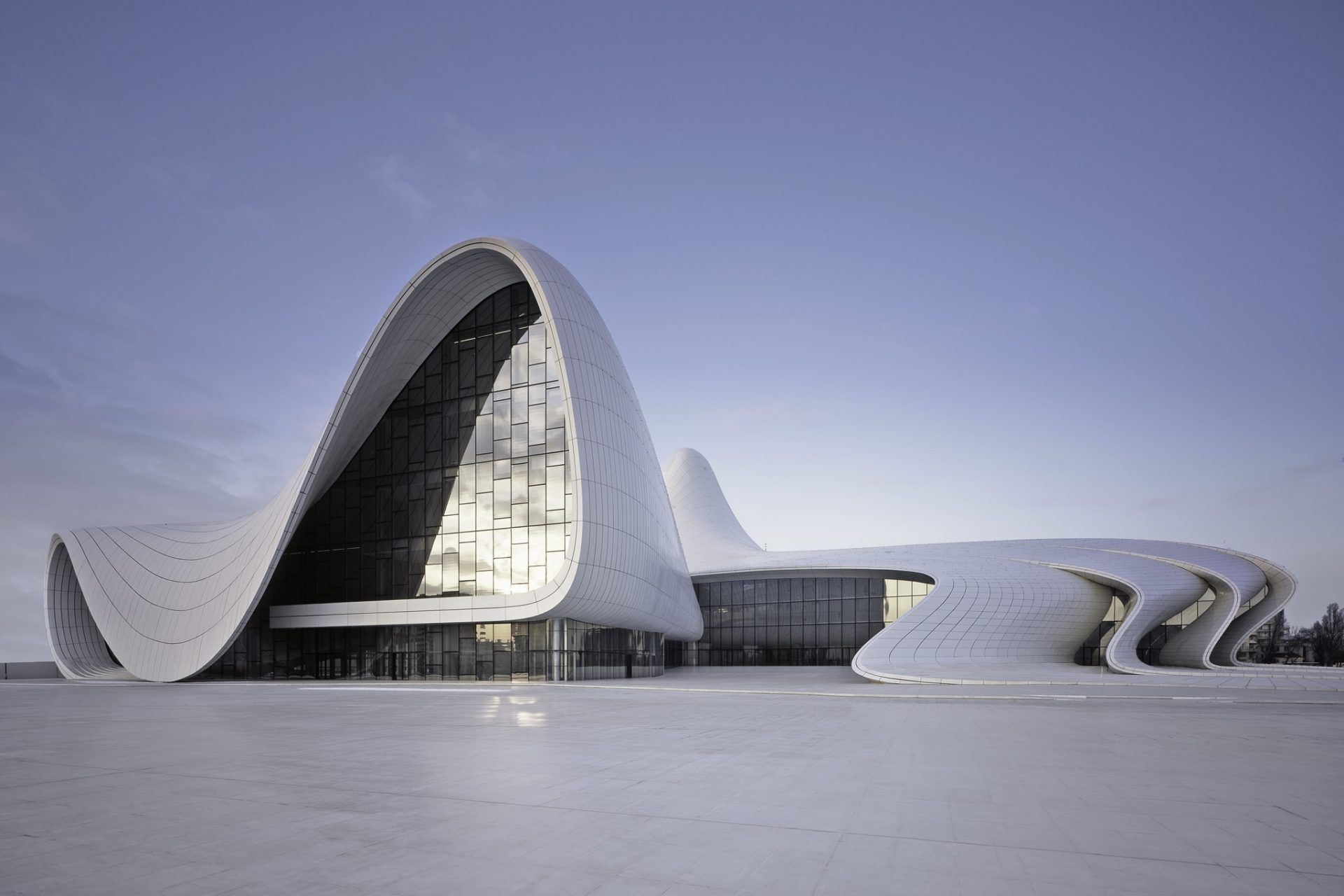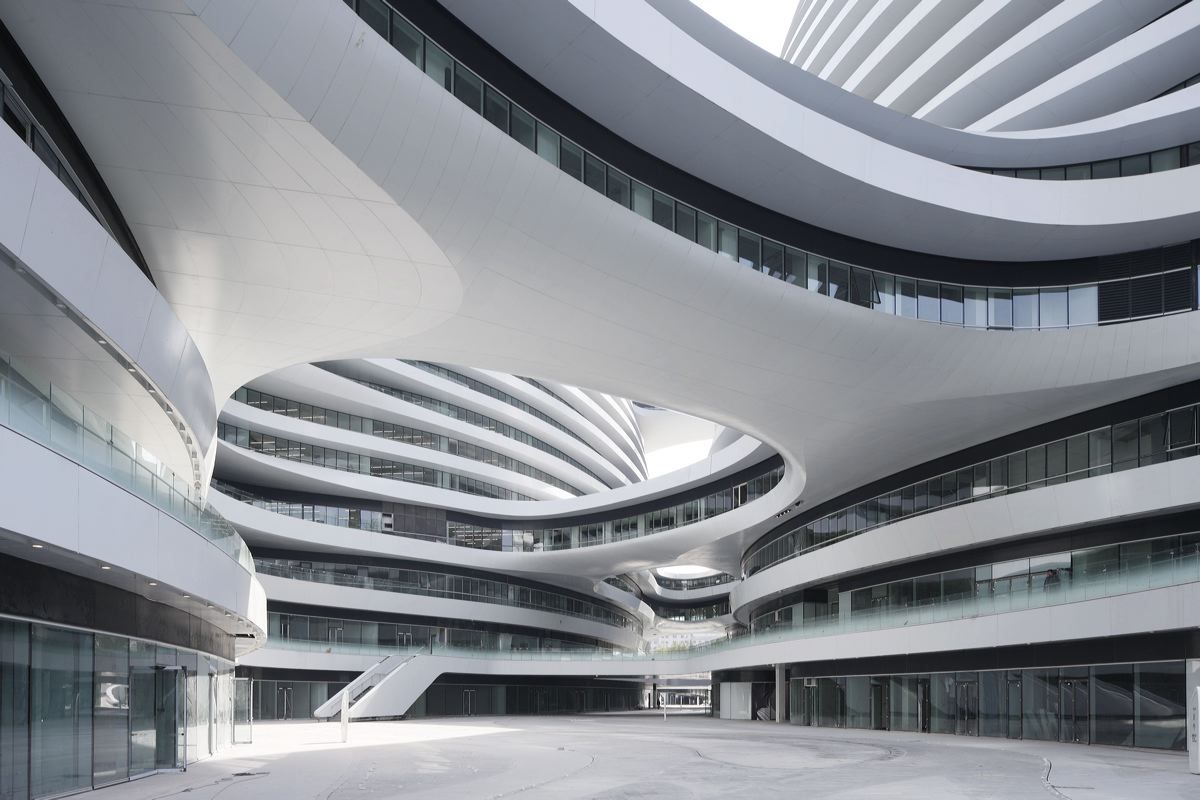PROGRAMS
Join thousands of people who organise
work and life with Novatr.
Parametricism - Taking Architecture To The Next Level
Parsa Abdolahzade
12 mins read
July 26
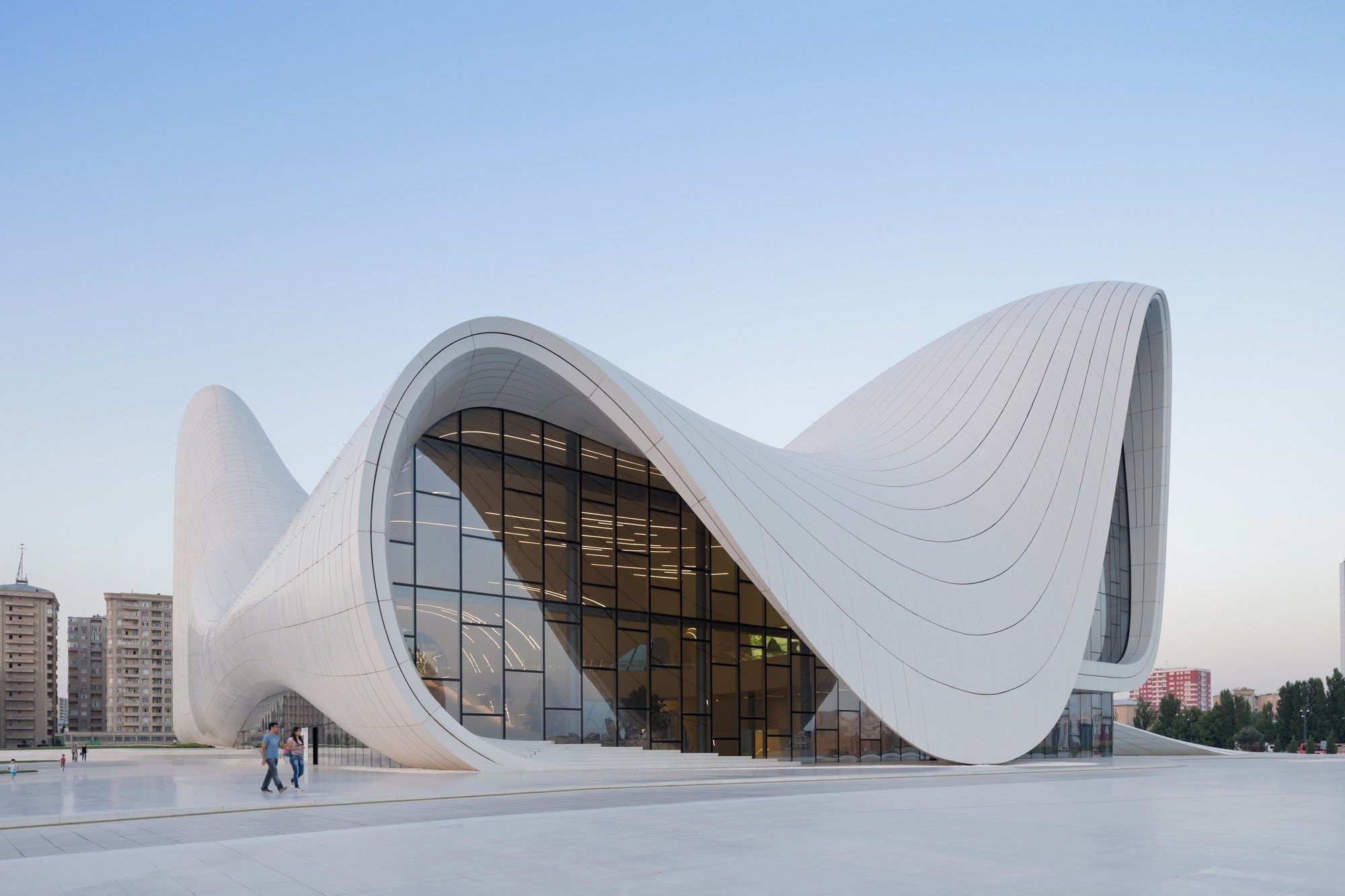
What is Parametricism and What is Parametric Design?
Initially, the concept of being “parametric” referred to mathematical equations whose result is dependent on a variable or variables which we call a ‘parameter’. Fundamentally, that is how we do parametric design, by using such equations or mathematical functions to generate architectural forms in CAD & parametric modelling software as our design generation tool. In our case, the parameters are relevant to our design goals.
These values are then inserted into our generative design tool which would process the data and produce possible structures given those specific parameters. Sort of like a study of form in which we explore how changing one or more variables affects our resulting form and then choose the fittest design to our criterion and make creative adjustments to it. The result of Parametricism is usually a free-form, dynamic, and sometimes organic geometries full of curves, elemental repetitions, and flowing lines which sometimes seem uncanny and futuristic. However, it is not limited to these aesthetics.
As you may have realized, by using geometry and mathematical concepts to produce form in digital modelling software, Parametricism has changed the way we used to create designs:
● Maximizing the speed of prototyping and analysis of alternative forms allows the designer to explore the best possible solutions in the shortest amount of time.
● Automatic adaptation of form by manipulation of parameters anytime during the form generation process reduces the need to alter every detail of the design manually.
● Ever-increasing flexibility through easier complexity management in the design process, replacing repetitive back and forth manual tasks of traditional design.
For a more in-depth insight into parametric building modelling, read Everything You Need to Know About Parametric Modeling - A Complete Guide.

Prototyping by © Christoph Bader (Source: www.arch2o.com)
What fields of architecture can Parametricism be applied to?
Most industries are embracing parametric design principles in their products, from fashion and jewellery to automotive design. In the construction fields, it is currently employed in property development, urban design, site layout design, mass building projects, megastructures, and individual building architecture including building layout, structural design, façade design, and interior design. Parametricism is widely used when employing biomimicry concepts of architectural design. Biomimicry attempts to recreate the complex interdependency of ecological systems to solve design problems.

Robotically fabricated carbon-fibre biomimicry pavilion at the V&A museum by the University of Stuttgart (Source: www.dezeen.com)
Who are the Pioneers of Parametricism?
When Antonio Gaudi created a model of interlocking catenary arches out of hanging ropes to create a natural structural system of La Sagrada Familia, he took the first steps toward Parametricism. Frei Otto employed similar techniques of form-finding. Both Gaudi and Otto designed marvellous complex structural designs by merely controlling some parameters and letting the forces of nature do their job of creating forms.

Gaudi’s hanging rope model of Sagrada Familia to figure out the optimal shape of the arches supporting the cathedral
Although its earliest practitioners in the 1990s were most prominently Greg Lynn and some others. Today it is mostly associated with Zaha Hadid Architects, headed by Patrick Schumacher. Some famous examples of their projects employing Parametricism in practice are Hyder Aliyev Centre in Baku, Morpheus Hotel and Beijing shopping mall, and the Galaxy SOHO, Beijing.
If you are interested to know what exactly happens inside the ZHA Studio, read Natasha Gill on becoming a Senior Architect at Zaha Hadid Architects.
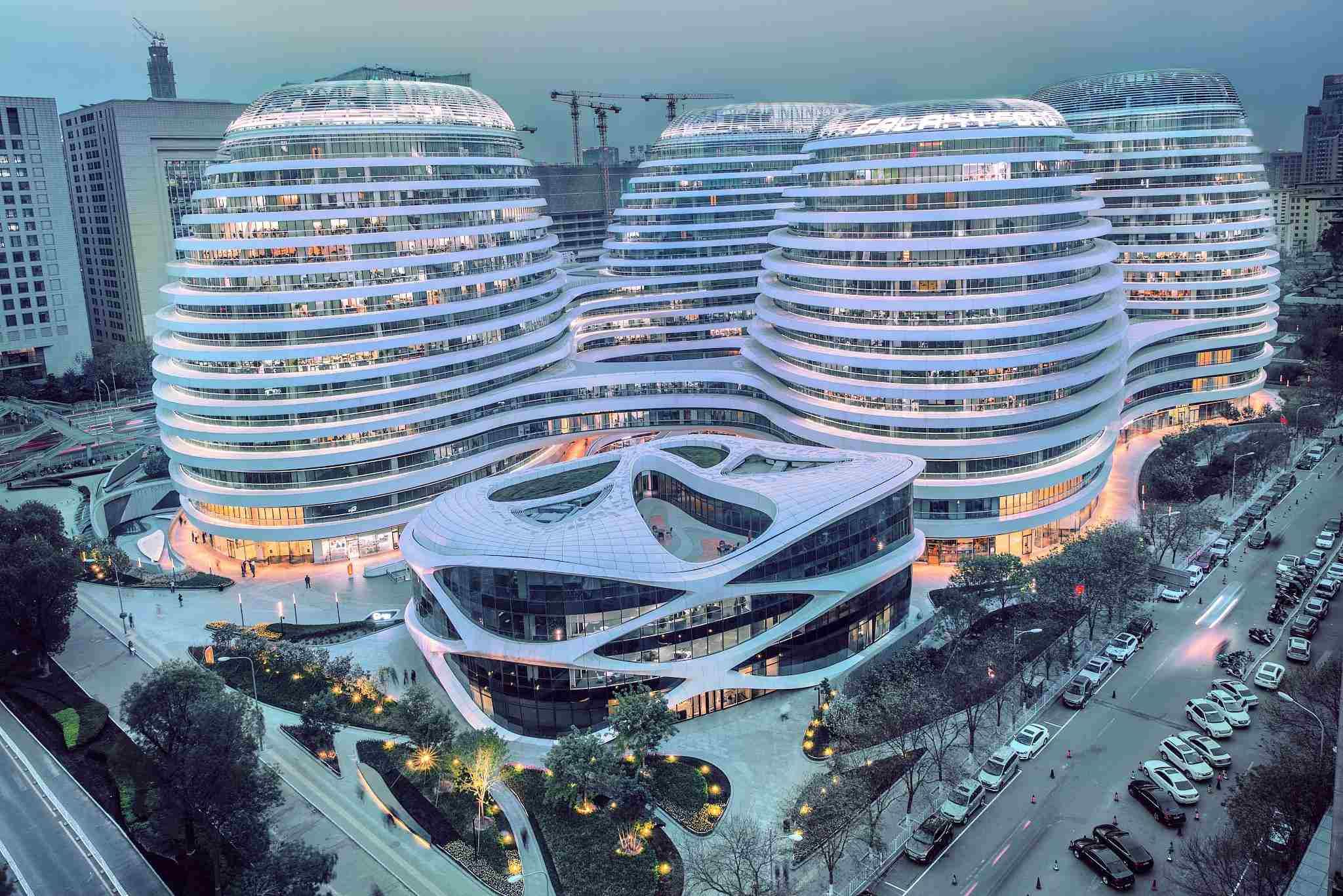
The Galaxy Soho in Beijing, China - ZHA
Jean Nouvel designed Louvre Abu Dhabi’s roof by employing parametric design, and Santiago Calatrava’s Oculus is another great example.
Why do we need Parametric Architecture and where is it headed?
Parametricism is not just another artistic style, it is also a technological development, a mode of thinking and approaching problem-solving. In every stage of architecture design and education, construction, and occupancy of a building, Parametricism has a lot to offer, and the field is still expanding. Parametric design can become a foundation upon which other digital processes are built.

How does Parametricism change the way we learn architecture?
Form Making vs Form Finding
Learning parametric design differs fundamentally from that of the Modernist approach. The focus of the Modernist approach is on the process of coming up with a form, step-by-step and incrementally, analyzing what problems are there and then coming up with a solution. Each stage is built upon previous stages until you reach the optimum universal solution. In this process, you rely on certain standardizations and mass production of materials and technology. This is a process of form-making.
Meanwhile, Parametricism relies upon a different set of processes. As a designer, you outsource the complexities of coming up with a form to the computer. You just set the values that affect the result, choose the most fitted to your vision, and fiddle with it. The manufacturing process doesn’t have to follow a standard and does not need to be mass-produced, because computers can fabricate the forms using other machines or robots. When you design in the modern paradigm, you tweak and adjust a hypothetical form until you reach the best possible outcome given the history of your activities. In Parametricism you generate endless hypotheses using the computer, and just pick the desired one or choose the most optimized. This process is form-finding.
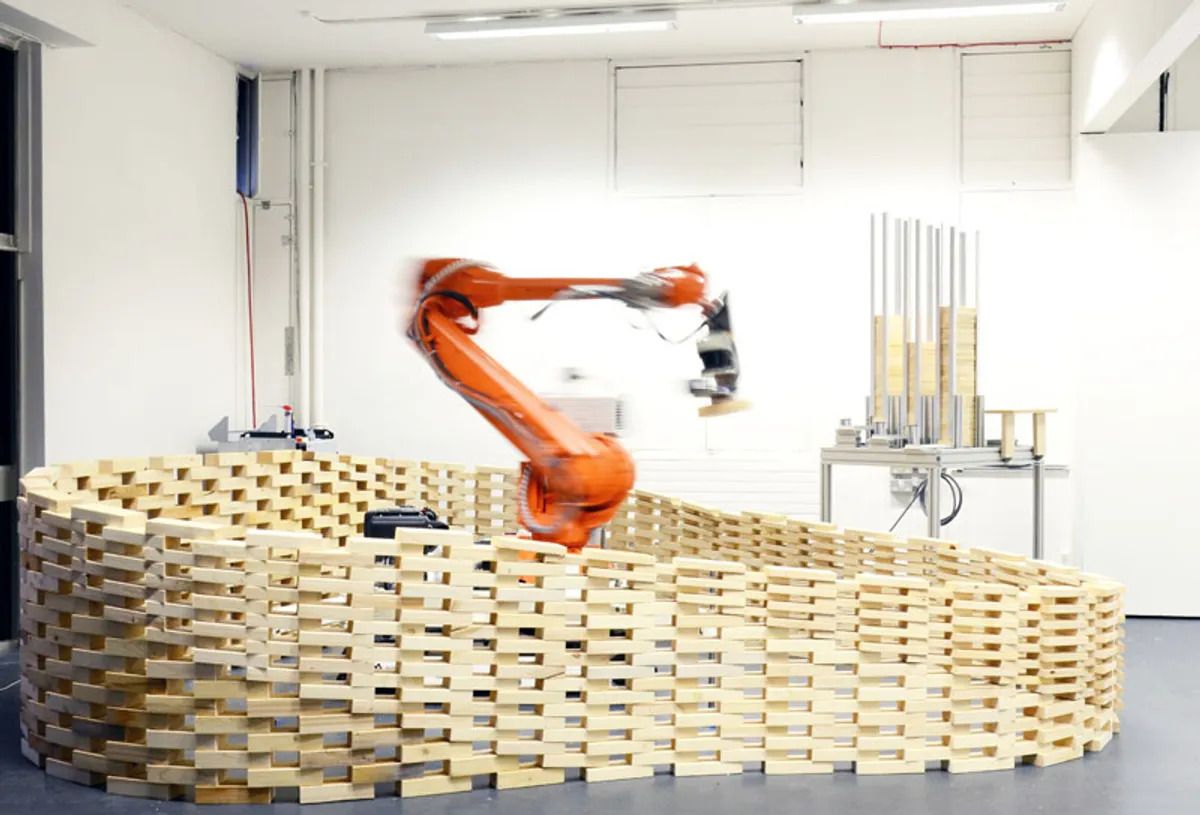
Fabio Gramazio and Matthias Kohler using robotics and Parametricism, ETH's Institute for Technology, Zurich
If architectural schools want to prepare students in the Parametricism paradigm, they have to fundamentally change the way design is thought. Knowledge, skills, and expertise needed for parametric design are not the same as those of Modernist education. Architects should learn to work with mathematics and geometrical functions, programming, data science, thinking systematically, AI or machine learning, in particular, generative processes, etc. In that way, it is similar to learning a new language or mode of action like an athletic performance or musical instrument.
How Parametricism can help with managing the information required to design?
Before you begin to design, you have to gather a load of information and data - the client’s requests, structural knowledge, and qualities of different materials. The knowledge that you refer to during the design process and try to consider their mandates and constraints. Acquiring, sorting, categorizing, and managing this data takes days to years depending on the project. With computers, this can become a few minutes. In Parametricism you just need to know the parameters and what you try to achieve. Powerful simulations can provide you with all the analyses you may need. You just put your design hypotheses in the software and ask for their specifics.
How does Parametricism change our design process?
We already discussed the difference between traditional form-making and form-finding. Usually, architects design for specific aesthetics that they have in mind and then solve real functional and contextual issues. In Parametricism aesthetics and functions are not separated, because everything emerges out of generative processes. You don’t have to think of all of them as separate problems. Additionally, data transfer is extremely easy in the parametric design process. This allows for employing multiple design teams from different disciplines to work together simultaneously, increasing dialogue between them, and reducing decision-making time.
Modernist designs can become computerized, meaning drafting and 3D modelling are done by a computer. It is essentially the same thing we’ve done to produce construction documents and store building data for many years. But what is new about Parametricism is that it uses computation, meaning an algorithmic and mathematical process of generation by a computer or sometimes through analogue methods.

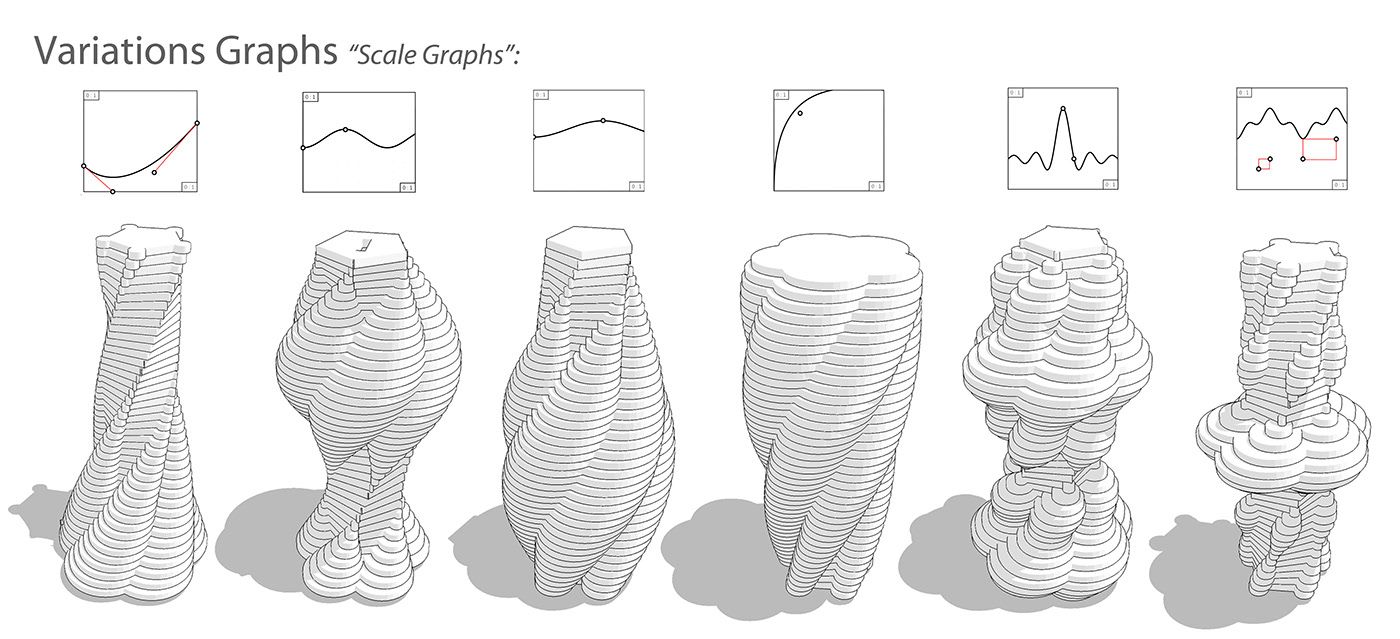

Hasan Ragab’s generative study of form (Source: Behance)
Architects can make informed design decisions using parametric design. As discussed you can define the conditions and constraints of a design context for a computer. This in turn speeds up the whole process of hypothesizing/analyzing a solution and its costs, leading them toward an optimized and thoroughly analyzed solution. Furthermore, Parametricism provides the ability to recycle previously generated data in any shape or form, either conditional constraints or generated forms. These can be used in later projects to speed up the design process and to increase the thoroughness of analysis.
How Parametricism can change the way we build?
Complex issues on site can become much more manageable using computational design. The parametric architects work with parameters that range from programs, site context, user interface, environmental factors, material technologies, and manufacturing. As our ability to handle these complexities increases, the limits of what we can do expands, leading to new horizons to explore and eventual improvement of the architectural design field.
As mentioned previously, Data management is much more different from the traditional way. It is one of the areas where Parametricism truly shines. The world we’re living in is data-driven, and everyone including architects has access to new types of data, measuring everything out there to measure. During the design process and for construction, designers generate a huge amount of data. Traditionally these are sketches, models, visualizations, representations, reports, and construction blueprints documented on a big pile of paper. With BIM and parametric design, the process of documenting a building concentrates into a single accessible model with all the data anyone, anytime may require, ready at hand. There will be many opportunities in such systems that are yet to be found and employed creatively. Parametric architecture would embrace these opportunities in the future.
Parametricism combined with manufacturing and fabricating technologies will be a revolution in the construction industry. Employing powerful capabilities of robotics, CNC machines, and macro 3D printers in the process of construction will influence the whole industry. Some of these capabilities are known, and some are being researched and developed as I’m writing this very same article. Generative design can be employed in the optimization of construction management as well.
Dieter Vermeulen uses algorithms to find the most efficient location of the tower crane on a construction site with his ‘Crane Position Optimization’ project. It can be used for finding out the best location of other machines and services, too.
What does the future look like for architects?
Architects have always engaged with new and emerging technologies, and the result has always been a greater understanding of design as a concept and as a discipline. Parametricism has become a thing with many opportunities and pitfalls, yet still very young and full of potential. It seems to have a promising future. The world of architecture might change completely in the coming decades and if any student wants to be relevant in their future career, has to be at least informed about it.
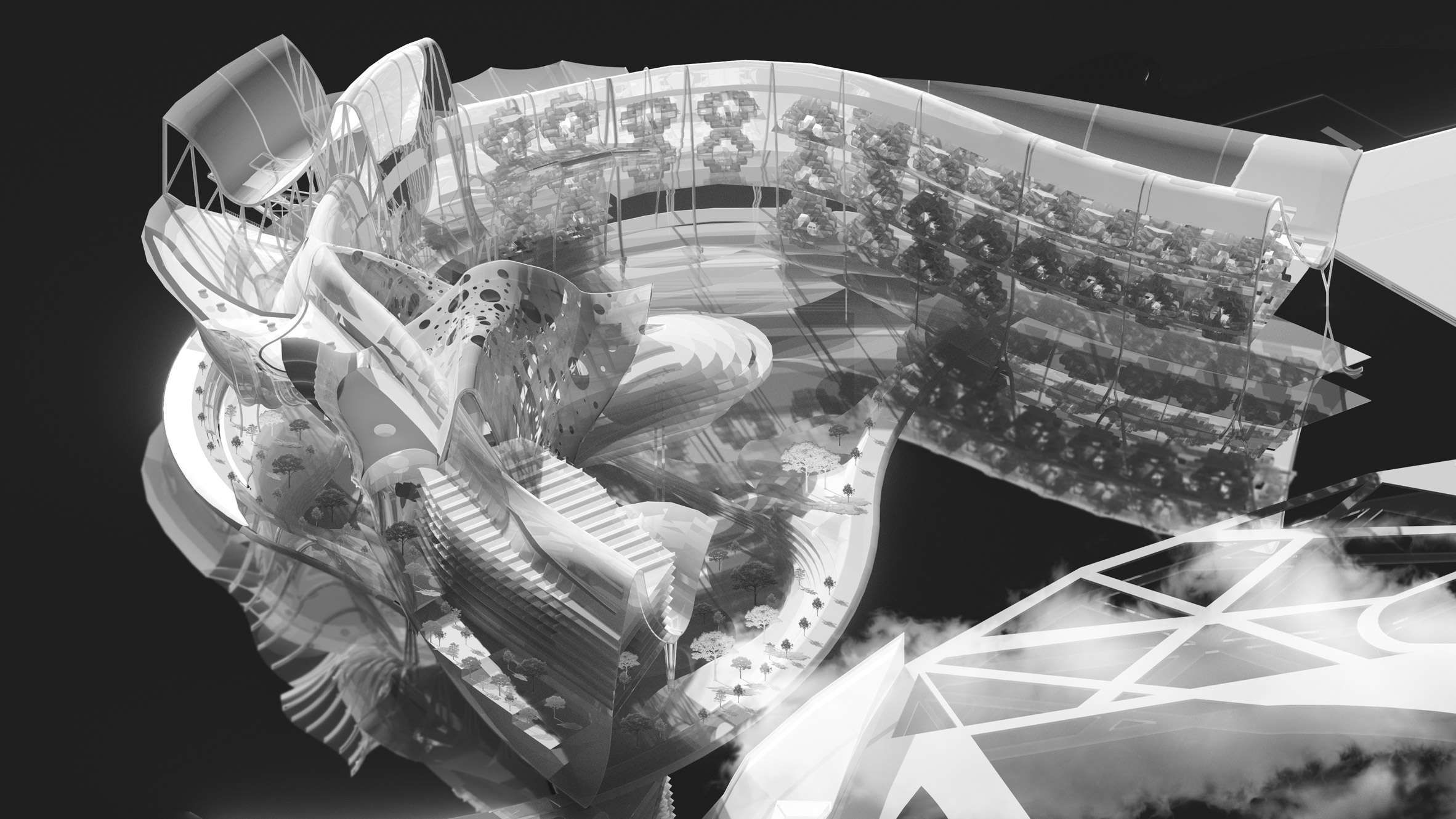
Project Coastal City Metamorphosis by Fawwaz Azhar (Source: www.dezeen.com)
How can enthusiasts learn parametric architecture modelling and implement this style in their designs?
You can get into parametric architecture without having artistic skills or technical knowledge. Start with understanding algorithms and programming in general, although, visual scripting has now made the process of programming easy to understand for non-programmers. Then start to learn required parametric software such as Rhino and Grasshopper, Revit and Dynamo, or Python.
More importantly, you must learn to think systematically and have a parametric design mindset. It might be a little hard especially if you’re educated in the Modernist system. From there you pick up skills and knowledge bit by bit and grow.
In this journey, we might be able to help you! Check out Novatr’s Parametric Modelling Course and get started today!
For more insights on parametric design, software & tools and industry trends, head to our Resources.

Join 100,000 designers who read us every month
